Emergence: The Connected Lives of Ants, Brains, Cities, and SoftwareSteven Johnson "This book is about the mystery of why the whole is sometimes smarter than the sum of its parts."Emergence is what happens when an interconnected system of relatively simple elements self-organizes to form more intelligent, more adaptive higher-level behavior. It's a bottom-up model; rather than being engineered by a general or a master planner, emergence begins at the ground level. Systems that at first glance seem vastly different — ant colonies, human brains, cities, immune systems — all turn out to follow the rules of emergence. In each of these systems, agents residing on one scale start producing behavior that lies a scale above them: ants create colonies, urbanites create neighborhoods.In the tradition of "Being Digital and "The Tipping Point, Steven Johnson, acclaimed as a "cultural critic with a poet's heart" ("The Village Voice), takes readers on an eye-opening intellectual journey from the discovery of emergence to its applications. He introduces us to our everyday surroundings, offering suprising examples of feedback, self-organization, and adaptive learning. How does a lively neighborhood evolve out of a disconnected association of shopkeepers, bartenders, and real estate developers? How does a media event take on a life of its own? How will new software programs create an intelligent World Wide Web?Drawing upon evolutionary theory, urban studies, neuroscience, and computer games, "Emergence is a guidebook to one of the key components of twenty-first-century culture. Until recently, Johnson explains, the disparate philosophers of emergence have worked to interpret the world. But today they are starting to change it. This book is the riveting story of thatchange and what it means for the future. If you've searched for information on the Web, played a recent video game, or accepted a collect call using voice recognition software, you've already encountered the new world of artificial emergence. Provocative, engaging, and sophisticated, "Emergence puts you on the front lines of a sweeping revolution in science and thought. The Responsive City: Engaging Communities Through Data-Smart GovernanceStephen Goldsmith, Susan Crawford Leveraging Big Data and 21st century technology to renew cities and citizenship in America
The Responsive City is a guide to civic engagement and governance in the digital age that will help leaders link important breakthroughs in technology and data analytics with age-old lessons of small-group community input to create more agile, competitive, and economically resilient cities. Featuring vivid case studies highlighting the work of pioneers in New York, Boston, Chicago and more, the book provides a compelling model for the future of governance. The book will help mayors, chief technology officers, city administrators, agency directors, civic groups and nonprofit leaders break out of current paradigms to collectively address civic problems. The Responsive City is the culmination of research originating from the Data-Smart City Solutions initiative, an ongoing project at Harvard Kennedy School working to catalyze adoption of data projects on the city level. The book is co-authored by Professor Stephen Goldsmith, director of Data-Smart City Solutions at Harvard Kennedy School, and Professor Susan Crawford, co-director of Harvard's Berkman Center for Internet and Society. Former New York City Mayor Michael Bloomberg penned the book’s foreword.
Based on the authors’ experiences and extensive research, The Responsive City explores topics including: Building trust in the public sector and fostering a sustained, collective voice among communities;Using data-smart governance to preempt and predict problems while improving quality of life;Creating efficiencies and saving taxpayer money with digital tools; andSpearheading these new approaches to government with innovative leadership. Life Between Buildings: Using Public SpaceJan Gehl “. . .thoughtful, beautiful, and enlightening...”
—Jane Jacobs
“This book will have a lasting infl uence on the future quality of public open spaces. By helping us better understand the larger public life of cities, Life between Buildings can only move us toward more lively and healthy public places. Buy this book, fi nd a comfortable place to sit in a public park or plaza, begin reading, look around. You will be surprised at how you will start to see (and design) the world differently.”
—Landscape Architecture Water Tanks of Chicago: A Vanishing Urban LegacyAnthony Jones, Larry W Green Larry W. Green, a 1975 graduate of the School of the Art Institute of Chicago, has put together a dynamic book of digital photographs and paintings depicting water tanks in all their glory. Water Tanks of Chicago: A Vanishing Urban Legacy grew out of one artist s vision as he started to sketch and paint the urban environment in and around Chicago. Green found himself drawn to water tanks as iconic symbols of the city. The tanks were distinctive all by themselves, and an integral part of the city s skyline. As SAIC President Tony Jones, says in his Foreword to the book, Chicago s crumbling water-tanks take on a new significance when seen in Green s paintings surely we knew they were there, they d registered, but they weren t the star of the street-show. But we ve woken up to them, become part of his celebration of them as dynamic incidents in what is clearly a Chicago landscape. The New Science of CitiesMichael Batty In The New Science of Cities, Michael Batty suggests that to understand cities we must view them not simply as places in space but as systems of networks and flows. To understand space, he argues, we must understand flows, and to understand flows, we must understand networks — the relations between objects that comprise the system of the city. Drawing on the complexity sciences, social physics, urban economics, transportation theory, regional science, and urban geography, and building on his own previous work, Batty introduces theories and methods that reveal the deep structure of how cities function.
Batty presents the foundations of a new science of cities, defining flows and their networks and introducing tools that can be applied to understanding different aspects of city structure. He examines the size of cities, their internal order, the transport routes that define them, and the locations that fix these networks. He introduces methods of simulation that range from simple stochastic models to bottom-up evolutionary models to aggregate land-use transportation models. Then, using largely the same tools, he presents design and decision-making models that predict interactions and flows in future cities. These networks emphasize a notion with relevance for future research and planning: that design of cities is collective action. The Urban Spectator: American Concept-Cities from Kodak to GoogleEric Gordon Winner of the AAUP Book, Jacket, and Journal Show, scholarly illustrated category
The Urban Spectator is a lively and utterly fascinating exploration of the ways in which technologies have influenced our collective conception of the American city, as well as our relationship with urban space and architecture. Eric Gordon argues that the city, developing late and in conjunction with a range of modern media, produced a particular way of seeing—what he labels “possessive spectatorship.”
Lacking the historical rootedness of European cities, the American city was open to individual interpretation, definition, and ownership. Beginning with the White City of the Chicago World’s Fair of 1893 and the efforts to commodify the concept city through photography, Gordon shows how the American city has always been a product of the collision between the dominant conceptualization, shaped by contemporary media, and the spectator. From the viewfinder of the Kodak camera, to the public display of early cinema, to the speculative desire of network radio, all the way to machine-age utopianism, nostalgia, and America’s “rerun” culture, the city is an amalgam of practice and concept. All of this comes to a head in the “database city” where urban spectatorship takes on the characteristics of a Google search. In new urban developments, the spectator searches, retrieves, and combines urban references to construct each experience of the city. Decoding the City: Urbanism in the Age of Big DataDietmar Offenhuber, Carlo Ratti The MIT based SENSEable City Lab under Carlo Ratti is one of the research centers that deal with the flow of people and goods, but also of refuse that moves around the world. Experience with large-scale infrastructure projects suggest that more complex and above all flexible answers must be sought to questions of transportation or disposal. This edition, edited by Dietmar Offenhuber and Carlo Ratti, shows how Big Data change reality and, hence, the way we deal with the city. It discusses the impact of real-time data on architecture and urban planning, using examples developed in the SENSEable City Lab. They demonstrate how the Lab interprets digital data as material that can be used for the formulation of a different urban future. It also looks at the negative aspects of the city-related data acquisition and control. The authors address issues with which urban planning disciplines will work intensively in the future: questions that not only radically and critically review, but also change fundamentally, the existing tasks and how the professions view their own roles. | Machine Beauty: Elegance And The Heart Of TechnologyDavid Gelernter When something works well, you can feel it; there is a sense of rightness to it. We call that rightness beauty, and it ought to be the single most important component of design.This recognition is at the heart of David Gelernter's witty argued essay, Machine Beauty, which defines beauty as an inspired mating of simplicity and power. You can see it in a Bauhaus chair, the Hoover Dam, or an Emerson radio circa 1930. In contrast, too many contemporary technologists run out of ideas and resort to gimmicks and features; they are rarely capable of real, structural ingenuity.Nowhere is this more evident than in the world of computers. You don't have to look far to see how oblivious most computer technologists are to the idea of beauty. Just look at how ugly your computer cabinet is, how unwieldy and out of sync it feels with the manner and speed with which you process thought.The best designers, however, are obsessed with beauty. Both hardware and software should afford us the greatest opportunity to achieve deep beauty, the kind of beauty that happens when many types of loveliness reinforce one another, when design expresses an underlying technology, a machine logic. Program software ought to be transparent; it should engage what Gelernter calls ”a thought-amplifying feedback loop,” a creative symbiosis with its user. These principles, beautiful in themselves, will set the stage for the next technological revolution, in which the pursuit of elegance will lead to extraordinary innovations. Machine Beauty will delight Gelernter's growing audience, fans of his provocative and biting journalism. Anyone who manufactures, designs, or uses computers will be galvanized by his cogent arguments and tantalizing glimpse of a bright future, where beautiful technology abounds. Aerotropolis: The Way We'll Live NextJohn D. Kasarda, Greg Lindsay This brilliant and eye-opening look at the new phenomenon called the aerotropolis gives us a glimpse of the way we will live in the near future―and the way we will do business too.
Not so long ago, airports were built near cities, and roads connected one to the other. This pattern―the city in the center, the airport on the periphery―shaped life in the twentieth century, from the central city to exurban sprawl. Today, the ubiquity of jet travel, round-the-clock workdays, overnight shipping, and global business networks has turned the pattern inside out. Soon the airport will be at the center and the city will be built around it, the better to keep workers, suppliers, executives, and goods in touch with the global market. This is the aerotropolis: a combination of giant airport, planned city, shipping facility, and business hub. The aerotropolis approach to urban living is now reshaping life in Seoul and Amsterdam, in China and India, in Dallas and Washington, D.C. The aerotropolis is the frontier of the next phase of globalization, whether we like it or not.
John D. Kasarda defined the term "aerotropolis," and he is now sought after worldwide as
an adviser. Working with Kasarda's ideas and research, the gifted journalist Greg Lindsay gives us a vivid, at times disquieting look at these instant cities in the making, the challenges they present to our environment and our usual ways of life, and the opportunities they offer to those who can exploit them creatively. Aerotropolis is news from the near future―news we urgently need if we are to understand the changing world and our place in it. City of Bits: Space, Place, and the InfobahnWilliam J. Mitchell Entertaining, concise, and relentlessly probing, City of Bits is a comprehensive introduction to a new type of city, an increasingly important system of virtual spaces interconnected by the information superhighway. William Mitchell makes extensive use of practical examples and illustrations in a technically well-grounded yet accessible examination of architecture and urbanism in the context of the digital telecommunications revolution, the ongoing miniaturization of electronics, the commodification of bits, and the growing domination of software over materialized form. Graphs, Maps, Trees: Abstract Models for a Literary HistoryFranco Moretti Professor Franco Moretti argues heretically that literature scholars should stop reading books and start counting, graphing, and mapping them instead. He insists that such a move could bring new luster to a tired field, one that in some respects is among “the most backwards disciplines in the academy.” Literary study, he argues, has been random and unsystematic. For any given period scholars focus on a select group of a mere few hundred texts: the canon. As a result, they have allowed a narrow distorting slice of history to pass for the total picture.
Moretti offers bar charts, maps, and time lines instead, developing the idea of “distant reading,” set forth in his path-breaking essay “Conjectures on World Literature,” into a full-blown experiment in literary historiography, where the canon disappears into the larger literary system. Charting entire genres—the epistolary, the gothic, and the historical novel—as well as the literary output of countries such as Japan, Italy, Spain, and Nigeria, he shows how literary history looks significantly different from what is commonly supposed and how the concept of aesthetic form can be radically redefined. Makeshift Metropolis: Ideas About CitiesWitold Rybczynski In this new work, prizewinning author, professor, and Slate architecture critic Witold Rybczynski returns to the territory he knows best: writing about the way people live, just as he did in the acclaimed bestsellers Home, A Clearing in the Distance, and Now I Sit Me Down. In Makeshift Metropolis, Rybczynski has drawn upon a lifetime of observing cities to craft a concise and insightful book that is at once an intellectual history and a masterful critique.
Makeshift Metropolis describes how current ideas about urban planning evolved from the movements that defined the twentieth century, such as City Beautiful, the Garden City, and the seminal ideas of Frank Lloyd Wright and Jane Jacobs. If the twentieth century was the age of planning, we now find ourselves in the age of the market, Rybczynski argues, where entrepreneurial developers are shaping the twenty-first-century city with mixed-use developments, downtown living, heterogeneity, density, and liveliness. He introduces readers to projects like Brooklyn Bridge Park, the Yards in Washington, D.C., and, further afield, to the new city of Modi’in, Israel—sites that, in this age of resource scarcity, economic turmoil, and changing human demands, challenge our notion of the city.
Erudite and immensely engaging, Makeshift Metropolis is an affirmation of Rybczynski’s role as one of our most original thinkers on the way we live today. Digital Ground: Architecture, Pervasive Computing, and Environmental KnowingMalcolm McCullough Digital Ground is an architect's response to the design challenge posed by pervasive computing. One century into the electronic age, people have become accustomed to interacting indirectly, mediated through networks. But now as digital technology becomes invisibly embedded in everyday things, even more activities become mediated, and networks extend rather than replace architecture. The young field of interaction design reflects not only how people deal with machine interfaces but also how people deal with each other in situations where interactivity has become ambient. It shifts previously utilitarian digital design concerns to a cultural level, adding notions of premise, appropriateness, and appreciation.
Malcolm McCullough offers an account of the intersections of architecture and interaction design, arguing that the ubiquitous technology does not obviate the human need for place. His concept of "digital ground" expresses an alternative to anytime-anyplace sameness in computing; he shows that context not only shapes usability but ideally becomes the subject matter of interaction design and that "environmental knowing" is a process that technology may serve and not erode.
Drawing on arguments from architecture, psychology, software engineering, and geography, writing for practicing interaction designers, pervasive computing researchers, architects, and the general reader on digital culture, McCullough gives us a theory of place for interaction design. Part I, "Expectations," explores our technological predispositions — many of which ("situated interactions") arise from our embodiment in architectural settings. Part II, "Technologies," discusses hardware, software, and applications, including embedded technology ("bashing the desktop"), and building technology genres around life situations. Part III, "Practices," argues for design as a liberal art, seeing interactivity as a cultural — not only technological — challenge and a practical notion of place as essential. Part IV, "Epilogue," acknowledges the epochal changes occurring today, and argues for the role of "digital ground" in the necessary adaptation. The Eyes of the Skin: Architecture and the SensesJuhani Pallasmaa Since the book's first publication, interest in the role of the body and the senses has been emerging in both architectural philosophy and teaching. This new, revised and extended edition of this seminal work will not only inspire architects and students to design more holistic architecture, but will enrich the general reader's perception of the world around them.
The Eyes of the Skin has become a classic of architectural theory and consists of two extended essays. The first surveys the historical development of the ocular-centric paradigm in western culture since the Greeks, and its impact on the experience of the world and the nature of architecture. The second examines the role of the other senses in authentic architectural experiences, and points the way towards a multi-sensory architecture which facilitates a sense of belonging and integration. |
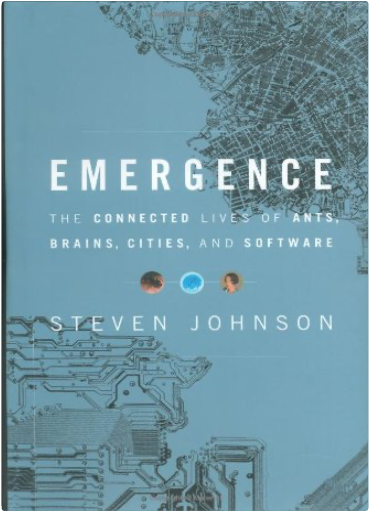
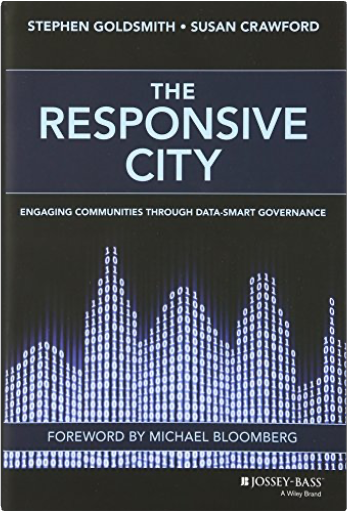


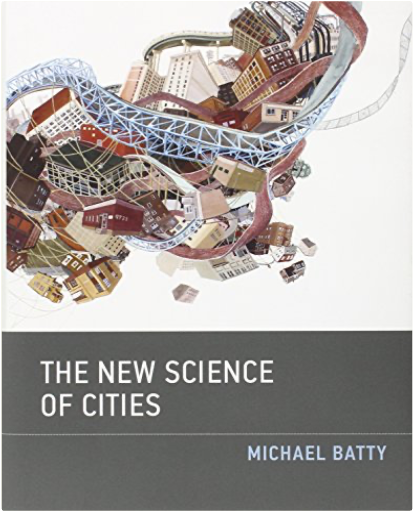

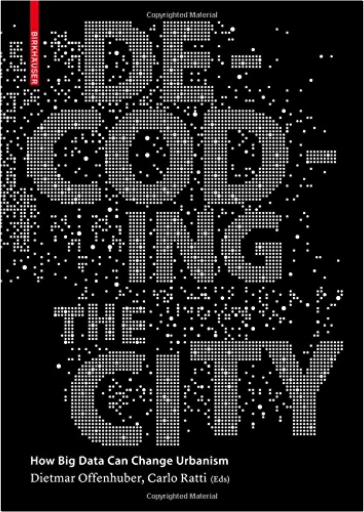
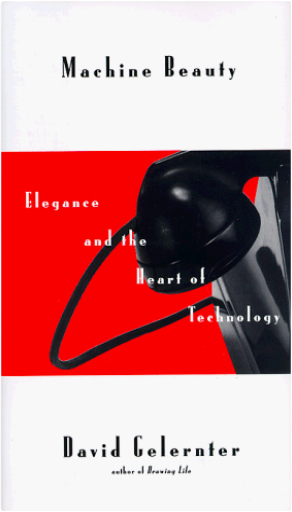
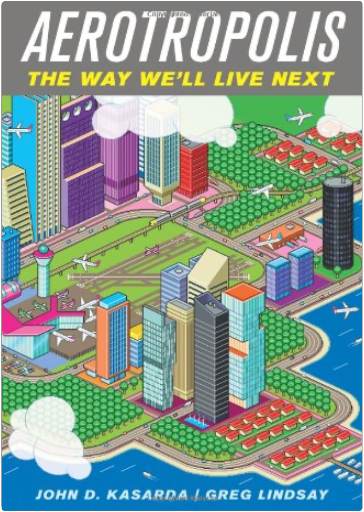

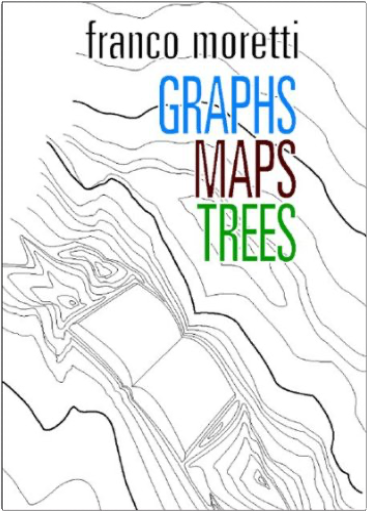
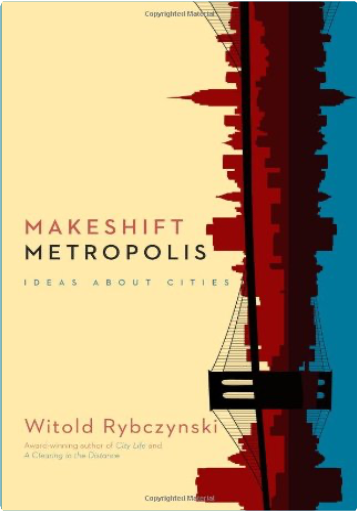

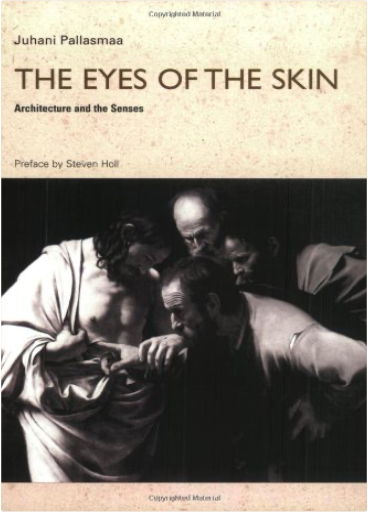


 Made with Delicious Library
Made with Delicious Library